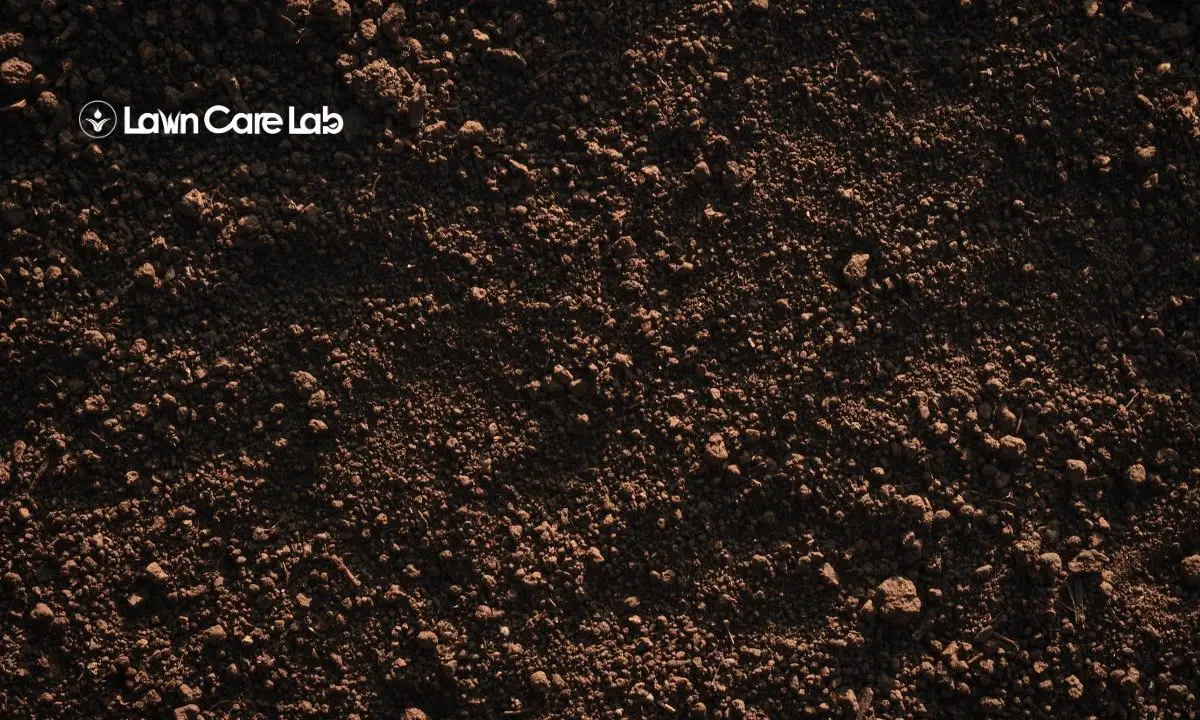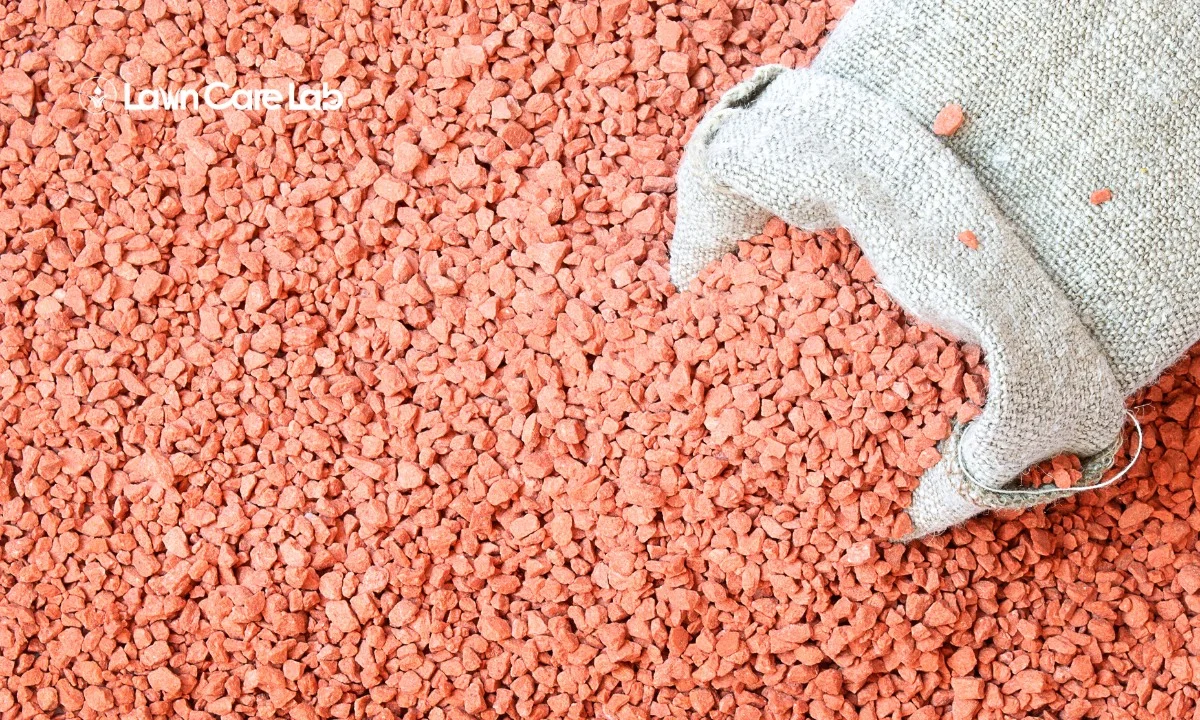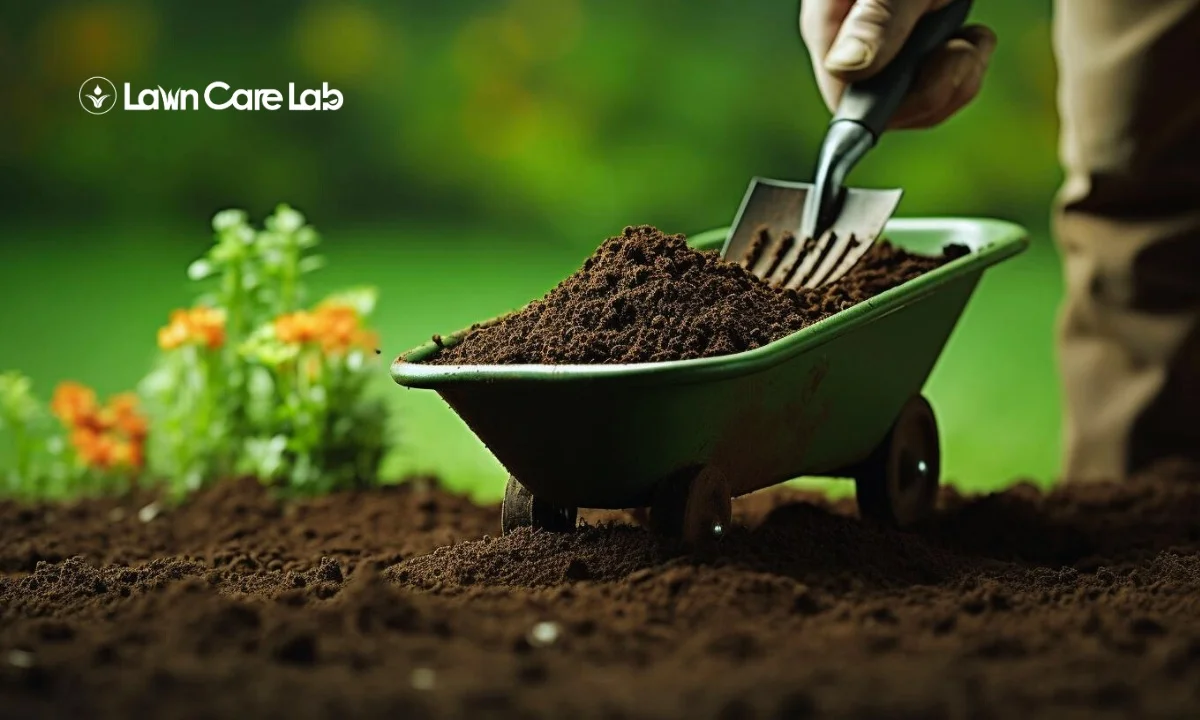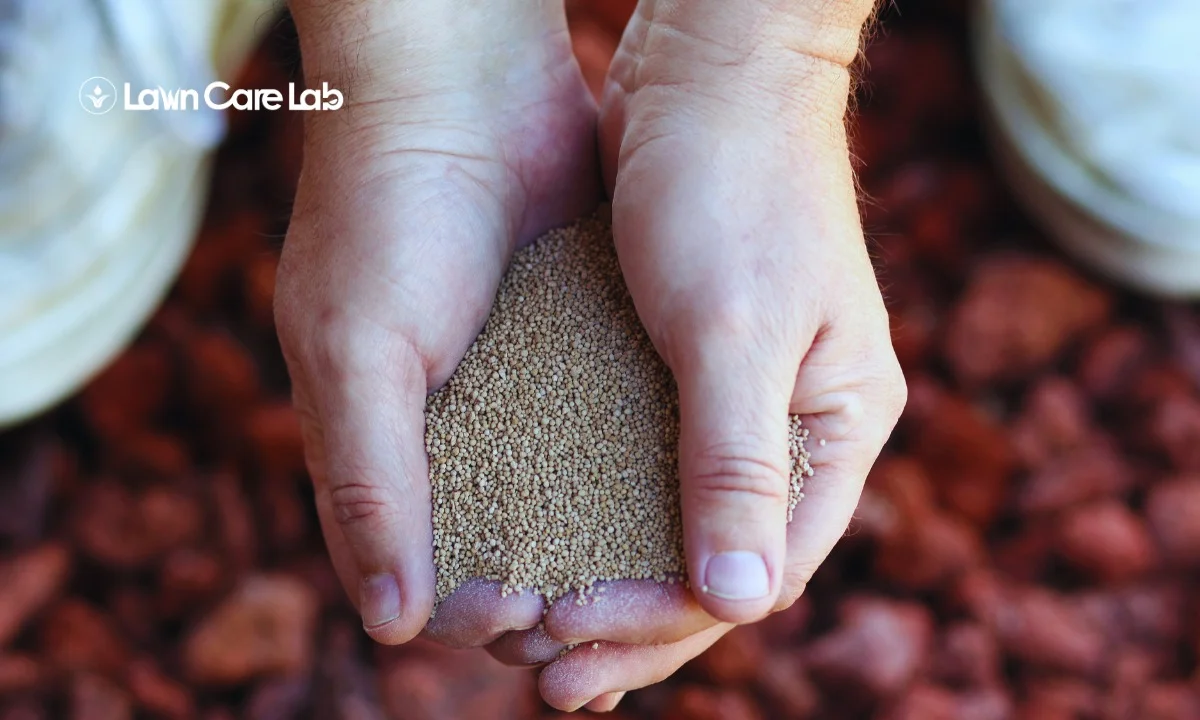Aiming for a healthier lawn? Let’s focus on revamping your soil quality. This article will guide you in comprehending your soil type, improving its condition, and retaining its richness over time.
You will understand the significance of fertilizers in fostering soil fertility. After all, the ultimate goal is to have a vibrant, healthy lawn that’s not just a treat to the eyes but also a safe haven for your family to relax.
So, let’s roll up our sleeves and get started on these soil-improving tactics!
Table of Contents
Identifying the Soil Type
Identifying your lawn’s soil type allows you to take the necessary steps to maintain it.
Sandy soil needs more watering and nutrients, while clay soil benefits from organic matter to improve drainage.
A healthy lawn benefits your plants’ wellness and enhances its beauty.
Techniques to Improve Soil Quality
The journey to enriching your lawn’s soil begins with frequent soil tests. These tests serve as a tool for pinpointing the absence of essential nutrients and adjusting the pH balance of your soil.
Adding organic matter and applying thoughtful irrigation methods can improve soil structure, fertility, and moisture retention.

Remember, the soil is the foundation of a healthy lawn. As the famous botanist Luther Burbank once said, ‘The soil is the great connector of our lives, the source and destination of all.’a
Thus, investing time and effort in improving soil quality can yield a lush, green lawn that will be the envy of the neighborhood.
Regular Soil Testing
Regular soil testing is vital to improve soil quality. It reveals nutrient composition and pH balance. This helps identify and address deficiencies. Consistent testing enables data-backed fertilization decisions for a thriving lawn.
Soil testing is the key to a healthy lawn. It gives you the power to optimize your lawn’s health by providing insight into the soil and how to make it greener and healthier.
This practice is more than just a trend; it’s a tried-and-true method backed by many successful gardeners and farmers. It’s a testament to the importance of understanding the soil beneath our feet and how it affects the plants we nurture.
Benefits of Soil Testing
A pivotal method in upgrading your yard’s soil quality is routine soil examination, which is instrumental in identifying nutrient disparities and fostering optimal plant health.
Exact fertilizer application: This prevents the risk of applying too much or too little fertilizer.
Responsible practices: This supports environmentally conscious lawn maintenance.
Financial efficiency: There are no extra expenses for unneeded fertilization.
Prompt problem-solving: Early detection of problems allows for quick rectification.
Regular soil testing is vital for maintaining a healthy and beautiful lawn.
Organic Matter Incorporation
Organic matter like compost, manure, and crop residues can improve soil quality and structure and provide essential nutrients for your lawn.
By using organic matter, we can create a verdant, thriving lawn that’s not just a sight for sore eyes but also a testament to the power of nature and the benefits of sustainable gardening.
Types of Organic Matter and Their Benefits
The secret ingredient often lies in the soil in maintaining a healthy and vibrant lawn. Integrating different organic matter types into your soil can dramatically improve its quality and fertility.
Let’s consider a few examples:
- Compost: A soil conditioner that enhances its texture while promoting moisture preservation.
- Manure: Acts as a powerful nutrient supplier, bolstering the soil’s capacity to retain these vital elements.
- Crop residues: They play a critical role in minimizing soil erosion, thereby preserving the integrity of your lawn.
- Green manures: These are known to promote soil ventilation and foster the growth of advantageous soil organisms.
Adopting these natural and safe methods can lead to a marked improvement in your lawn’s well-being.
Proper Irrigation Practices
Effective lawn and garden watering requires understanding optimal timing, frequency, and volume tailored to regional climates and plant types.
Soaking the root zone deeply yet infrequently often proves most beneficial by encouraging deeper rooting and drought resilience. Precision irrigation through systems like drip emitters and programmable controllers further conserves this precious resource.
To nurture healthy landscapes and protect waterways in uncertain times, we must learn about our local environment, use moisture-conserving Mulch, and amend water-retentive soils.
The path forward calls for rigorous irrigation practices that sustain cherished lawns and the greater biotic community.
The Role of Water in Soil Health
Caring for your lawn involves more than just watering it. Recognizing the impact of water on soil health and implementing correct watering techniques can significantly improve soil quality.
Consider the following ways in which water contributes to soil vitality:
- Water functions as a facilitator in dissolving and carrying nutrients.
- It encourages the absorption of these nutrients by plants.
- Water maintains the life of soil microorganisms that are key in nutrient recycling.
- Adequate hydration assists in the breakdown of organic matter.
Understanding these aspects underlines the pivotal role water plays in preserving soil health.
As we continue, let’s discuss the contribution of fertilizers to soil health.
The Role of Fertilizers in Enhancing Soil Quality

Fertilizers are important for plant growth and soil quality.
Organic options improve soil structure, while synthetic fertilizers offer an immediate nutrient surge.
Over-fertilization and improper application can harm the environment.
Hence, careful and balanced fertilization is necessary to nourish lawns without compromising soil life or ecosystem health.
Organic vs. Inorganic Fertilizers
Why should one pay attention to the distinction between organic and inorganic fertilizers when the goal is to nurture the health of your lawn’s soil?
- Organic fertilizers contribute to the improvement of soil structure and stimulate microbial activity.
- Inorganic fertilizers, on the other hand, offer an immediate surge of nutrients.
- Organic alternatives are safe and come from plant or animal sources.
- Despite their synthetic nature, inorganic fertilizers focus on addressing specific nutrient deficiencies.
The choice of the appropriate fertilizer hinges on the requirements of your soil and the importance of safety.
Appropriate Fertilizer Application
Balanced fertilization is crucial for a healthy lawn. Over-fertilization harms soil quality and the ecosystem, while a nutrient deficit starves the lawn. We’ll share tips to prevent these issues and preserve soil integrity.
To elucidate the risks:
- Excessive fertilization can lead to a disproportionate distribution of nutrients in the soil, thus creating an imbalance.
- The structure of your lawn’s soil can be compromised, threatening its overall integrity.
- One unnoticed consequence is the pollution of water bodies via nutrient runoff, a common environmental concern.
- Last but not least, the beneficial microorganisms in the soil that aid in nutrient cycling can be negatively affected.
Awareness of these risks should guide your approach when fertilizing your lawn.
Maintaining Soil Quality Over Time
Regular soil aeration, lawn care, and a good understanding of your soil’s nutritional needs are proven strategies to preserve its health and quality.
Regular Soil Aeration
Regular soil aeration is a key factor in preserving the vitality of your lawn over time. It isn’t merely a sporadic task but rather a consistent effort that pays off in the form of a flourishing lawn.
Here are the reasons why it’s beneficial for your lawn:
- Fortifying Soil Structure: Regular aeration prevents soil compaction, offering more room for roots to spread and grow.
- Optimizing Water Penetration: Aeration can make it easier for rainwater and irrigation systems to reach the root zone, making watering efforts more effective.
- Promoting Gas Exchange: The act of aerating allows vital gases to move unhindered between the soil and the atmosphere.
- Enriching Nutrient Availability: The aeration process boosts microbial activity, improving plant nutrient availability.
The vitality of your lawn relies on your dedication to regular aeration; it’s far more efficient to prevent soil compaction than to rectify it.
Seasonal Lawn Care Tips
Maintaining the vitality of your lawn throughout the year can seem like a puzzle, with each season bringing its unique hurdles. However, with the right seasonal lawn care strategies, you can keep your lawn’s soil in top condition.
Spring presents an opportunity to assess your soil’s pH and nutrient content, which can guide your choice of fertilizer.
As summer heat intensifies, it’s vital to water your lawn regularly to stave off dehydration of the soil.
As we transition into autumn, aeration and overseeding become key strategies to stimulate root growth and enrich soil health.
Finally, during the chilly winter months, try to minimize walking on your lawn as much as possible – excessive foot traffic can lead to soil compaction, negatively affecting its quality.
A word to the wise – always prioritize safety when handling lawn care tools and products. Modifying your lawn care habits in tune with the seasons can contribute significantly to its overall health.
Summing Up: The Path to High-Quality Soil
Putting these practices into action, you’re setting the stage for rich, fertile soil primed to boost your lawn’s health and vitality. Recalling that fostering nutrient-dense soil is a continuous journey that demands steady commitment and care is crucial.
In brief, here are the crucial steps:
- Comprehend the makeup of your soil—sand, silt, and clay—and how these factors influence its drainage and ability to retain nutrients.
- Inspect and adjust the soil’s pH, density, and nutrient content by adding organic materials and aeration.
- Consistently monitor your soil to ensure it’s achieving a beneficial equilibrium.
- Manage the soil’s living ecosystem thoughtfully, taking into account its chemistry, biology, and texture.
Adhering to these principles, you’re doing more than just improving the look of your lawn. You’re investing in a safer, healthier environment that benefits your entire community.
- How to Create a Lawn Care Schedule for Southern Climates - October 30, 2024
- How to Use Compost Tea to Boost Lawn Growth and Soil Health - October 23, 2024
- The Best Grasses for Saltwater-Exposed Lawns: Coastal Lawn Care - October 17, 2024




